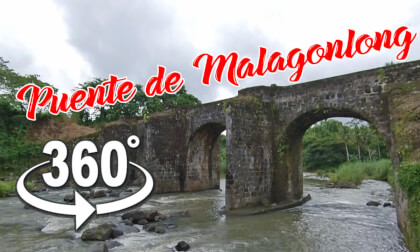
New: AI passthrough!
This amazing Deo feature uses the power of AI to turn every VR scene into AR passthrough! Now you can take characters out of VR and have them right there with you - as if they were in the same room.
Notice: AI Passthrough is presently in beta mode, and as such, users may encounter occasional service imperfections. The feature is currently exclusive to the DeoVR app, but it will soon be accessible on both browsers and mobile devices. Your feedback is highly encouraged and appreciated.
Recommended headsets:
Meta Quest 3, and Quest Pro with stereoscopic color passthrough, Pico 4 (monoscopic color passthrough).
Compatible headsets:
Quest 2, Valve Index (monoscopic black and white passthrough).
Passthrough is not compatible yet for Oculus Link cable.
Check out our complete guide to passthrough and join in the discussion at our busy forum.
Physical properties of magnetite:
Color: Black, brownish-black, or silvery-black
Crystal habit: Octahedral, dodecahedral, or cubic
Mohs hardness: 5.5-6.5
Specific gravity: 5.15-5.20
Magnetic properties: Strong magnetism
Chemical composition of magnetite:
Iron: 72.4%
Oxygen: 27.6%
Occurrence of magnetite:
Magnetite is found in a variety of environments, including:
Magnetic iron formations: These are large deposits of magnetite that are formed from the crystallization of magma.
Contact metamorphic rocks: These rocks are formed when hot magma or lava comes into contact with cooler rocks.
Hydrothermal deposits: These deposits are formed when hot water dissolves minerals and then deposits them in cracks or cavities in rocks.
Uses of magnetite:
Magnetite has a wide variety of uses, including:
Production of iron: Magnetite is the most important source of iron in the world. It is used to make steel, which is used in a wide variety of products, such as cars, buildings, and machinery.
Manufacturing of magnets: Magnetite is used to make a variety of magnets, including permanent magnets, electromagnets, and loudspeaker magnets.































